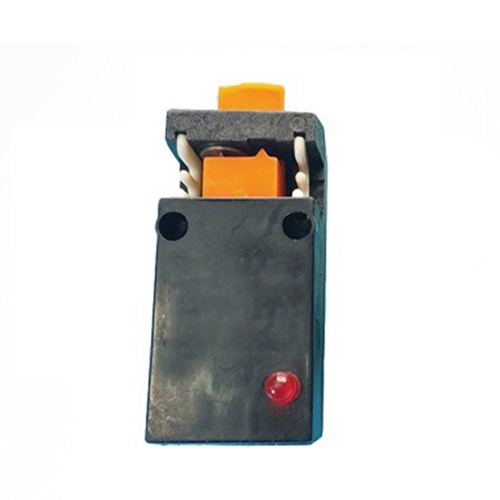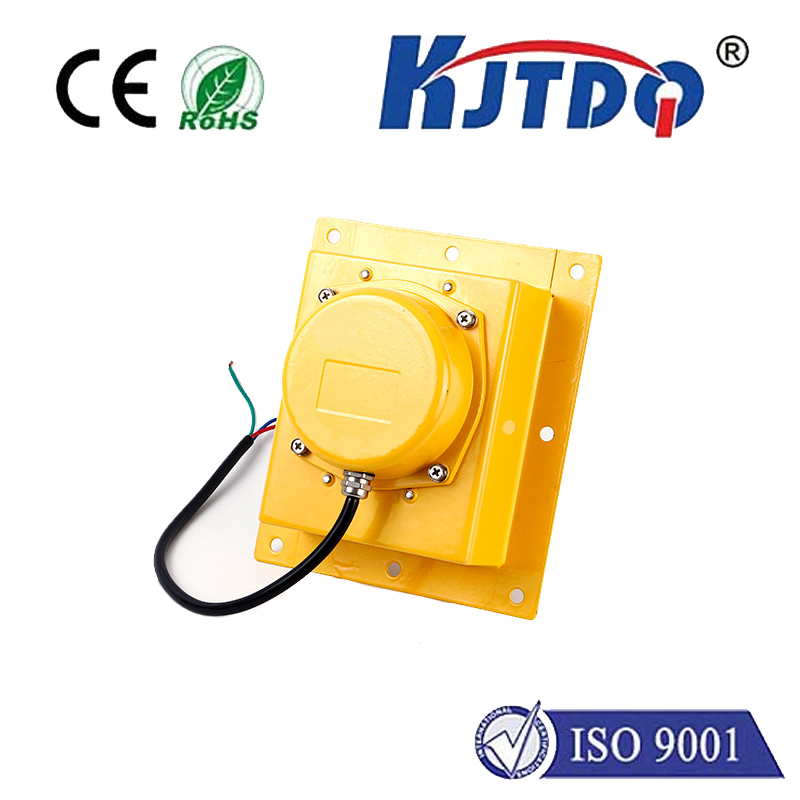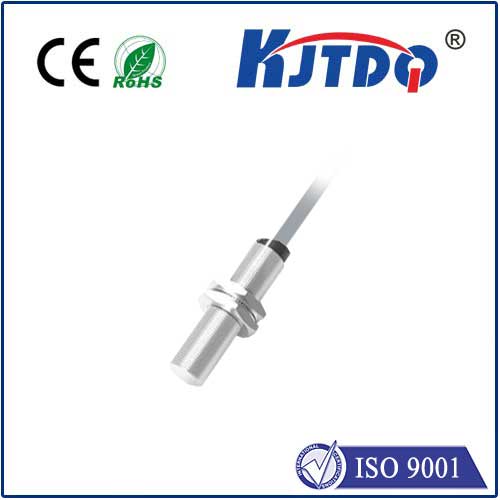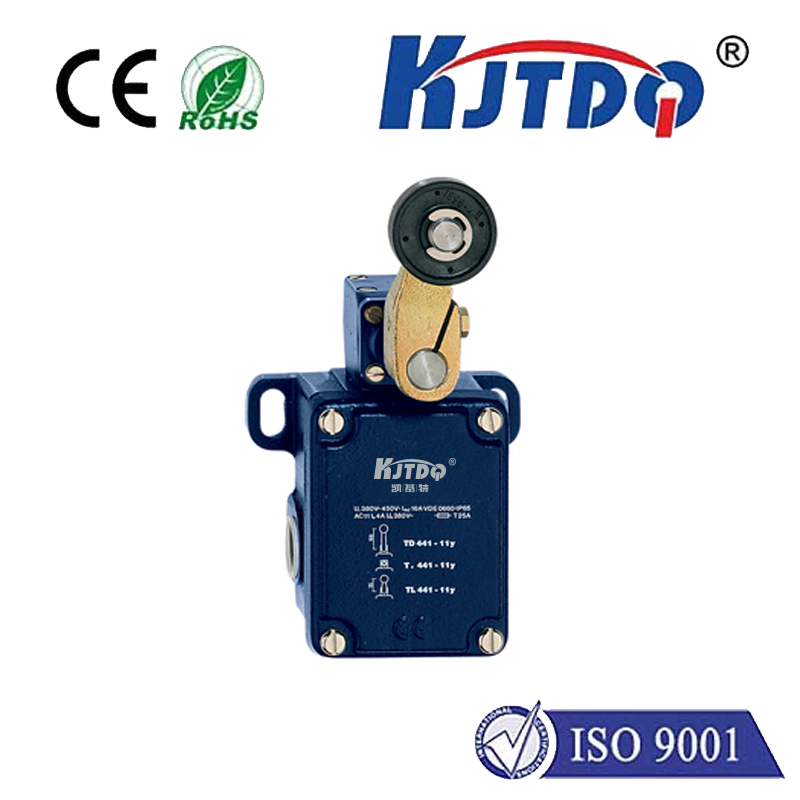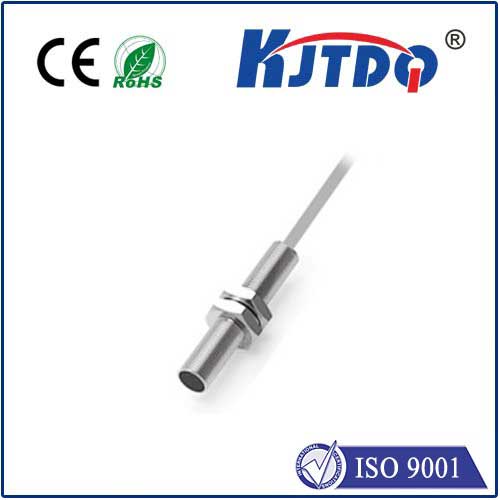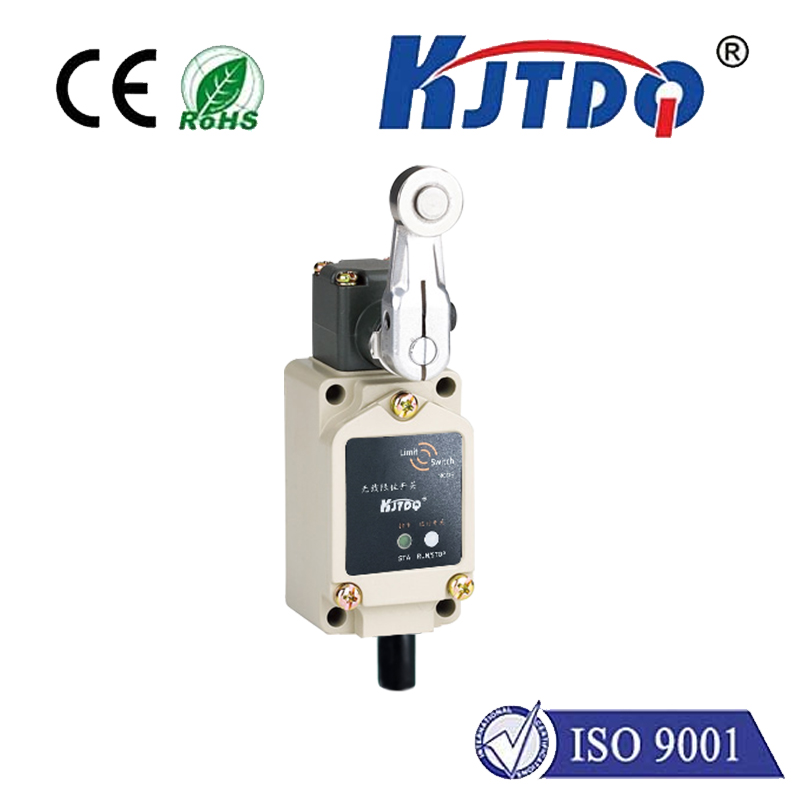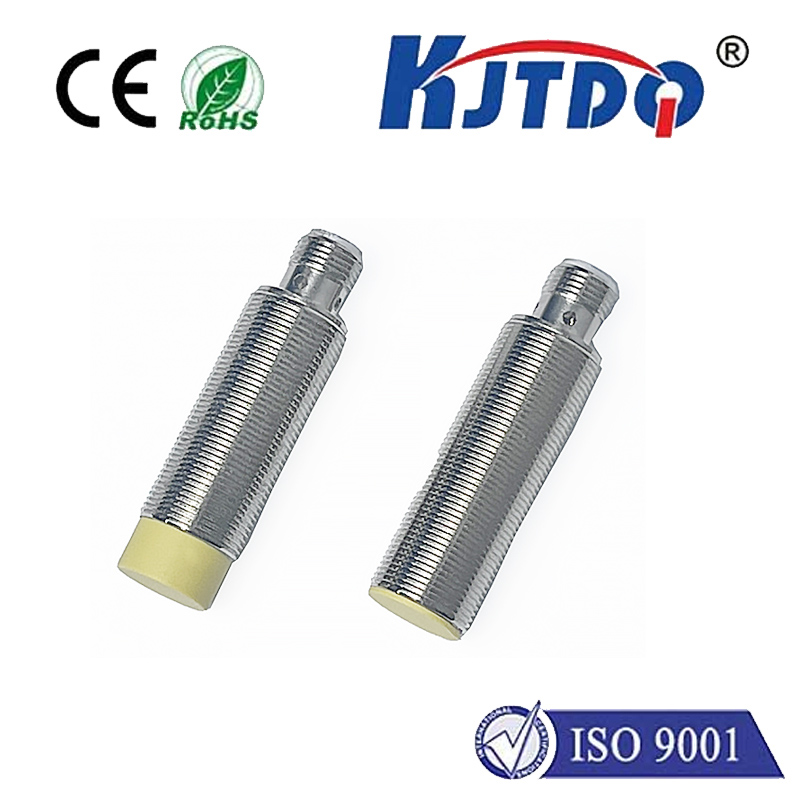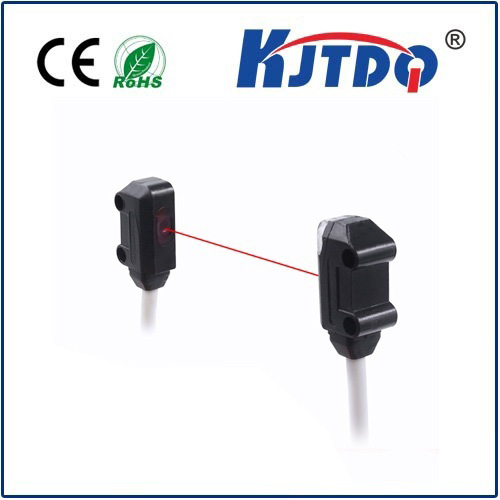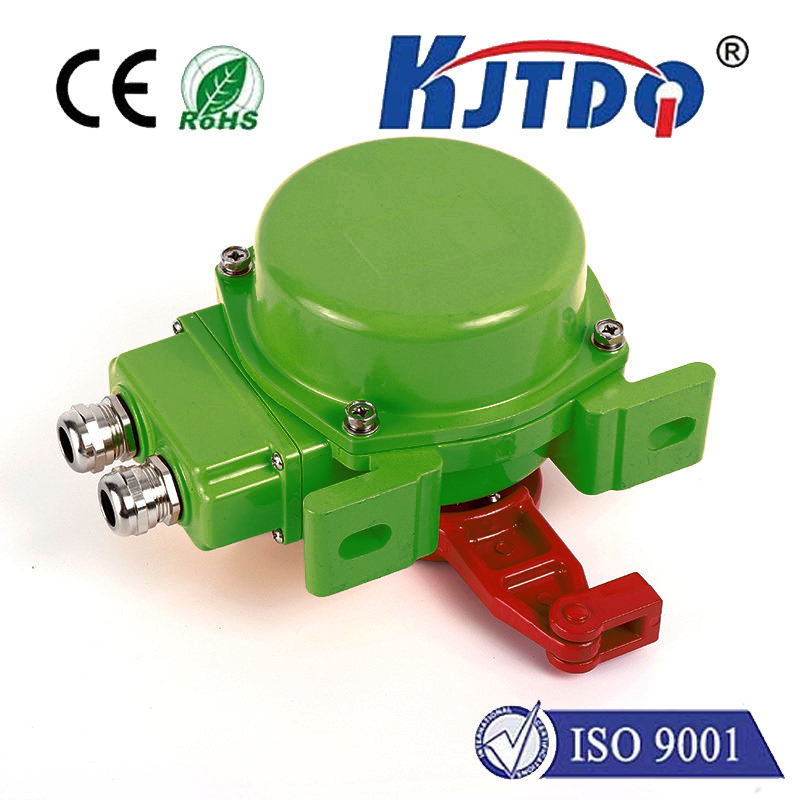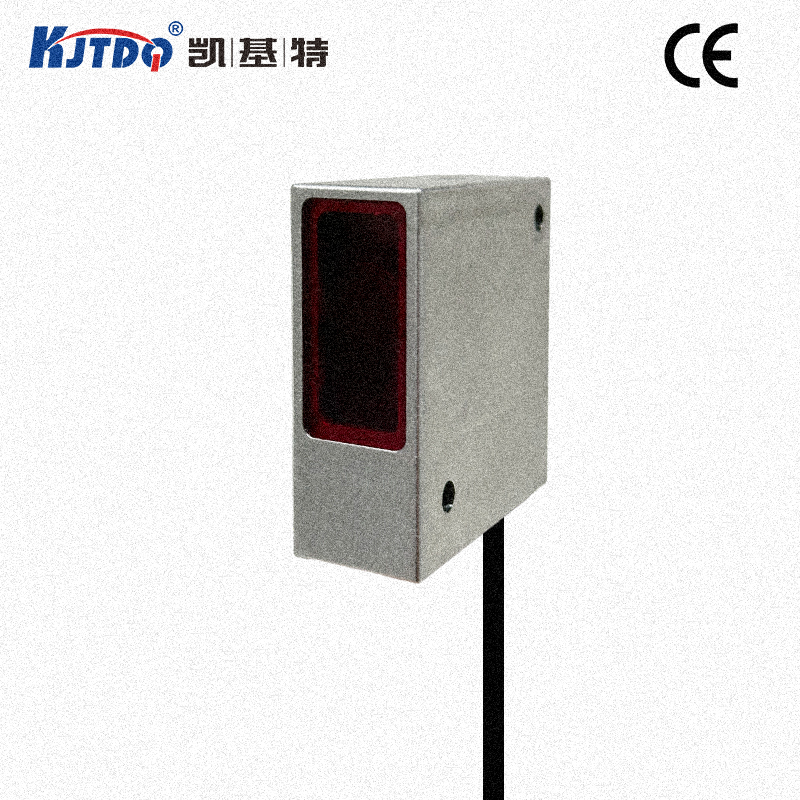

check

check

check

check
FCM1 1202P ARU4 Proximity Sensor: Mastering Precision in Industrial Applications
Imagine a world where machines work flawlessly, detecting objects with pinpoint accuracy without a single touch. This isn’t science fiction—it’s the reality brought to life by the FCM1 1202P ARU4 proximity sensor. As a cornerstone in modern automation, this device is transforming industries by offering unmatched reliability and versatility. Whether you’re an engineer fine-tuning a production line or a tech enthusiast curious about cutting-edge sensors, understanding the FCM1 1202P ARU4 can unlock new efficiencies. In this guide, we’ll dive deep into its features, applications, and why it’s becoming a go-to choice for professionals worldwide.

At its core, a proximity sensor detects nearby objects without physical contact, using electromagnetic fields to sense metal or other materials. The FCM1 1202P ARU4 variant stands out as an inductive proximity sensor, specifically designed for robust performance in demanding environments. Its model name hints at its specs: “FCM1” refers to the series known for compact durability, “1202P” indicates a standard housing size and thread type (e.g., M12), and “ARU4” suggests an amplified output with a sensing distance of around 4mm. This combination ensures it excels in scenarios where precision is non-negotiable. For instance, with an operating voltage range of 10-30V DC, this sensor adapts easily to various power sources, while its IP67 rating guarantees resistance to dust and water ingress—crucial for harsh factory floors or outdoor setups. Key specifications include:
These features make the FCM1 1202P ARU4 proximity sensor a powerhouse in industrial automation. Its inductive nature means it emits an electromagnetic field that triggers when a metal object enters its detection zone, causing a change in oscillation frequency. This data is then converted into an electrical signal for quick output. Why does this matter? In high-speed production lines, such as automotive assembly, even a millisecond delay can cause costly errors. Here, the FCM1 1202P ARU4 shines by providing consistent, error-free readings, reducing downtime and maintenance needs. Think of it in action: on a conveyor belt, it detects parts for robotic arms to sort or package, or in quality control, it senses component alignment to flag defects instantly. Beyond manufacturing, this sensor finds applications in diverse sectors. For example, in the automotive industry, it monitors brake pad positioning, while in packaging machinery, it ensures products are filled and sealed correctly. Even in renewable energy setups, such as solar panel installations, it helps track moving parts with minimal interference.
The magic of the FCM1 1202P ARU4 lies not just in its specs but in its versatile integrations. Compared to older sensors, it offers enhanced noise immunity, thanks to advanced circuitry that filters out electrical disturbances. This is particularly vital in environments with heavy machinery, where electromagnetic interference (EMI) can disrupt signals. Moreover, its modular design allows easy mounting—using standard M12 threads—without complex tools. This plug-and-play approach saves time during installation, a boon for busy technicians. When selecting a proximity sensor, experts often weigh factors like cost versus durability. The FCM1 1202P ARU4 strikes a balance, with a competitive price point that delivers long-term value. For instance, its stainless steel housing withstands impacts and corrosion, outlasting alternatives that degrade in abrasive settings. However, it’s important to note limitations: as an inductive sensor, it primarily detects ferrous metals, so non-metallic objects might require capacitive variants. Always verify the target material and distance during setup to optimize performance.
Integrating the FCM1 1202P ARU4 proximity sensor into your systems involves simple best practices. Start by ensuring proper alignment—an off-angle sensor can miss detections. Mount it securely with recommended brackets to avoid vibration-related errors. For wiring, follow the color-coded scheme: typically, brown for power, blue for ground, and black for the output signal. Troubleshooting is straightforward; common issues like false triggers often stem from nearby metal interference or voltage fluctuations. Regular calibration checks, say monthly, maintain accuracy. Suppliers like Omron or Schneider Electric often provide datasheets for seamless integration, making the FCM1 1202P ARU4 a reliable choice for upgrades or new projects. Industries report significant ROI through reduced waste and energy savings, as its low-power design cuts operational costs.
In today’s era of smart factories and IoT, the FCM1 1202P ARU4 proximity sensor is more than a component—it’s a catalyst for innovation. As automation grows, demand for such efficient sensors is soaring, with market trends showing a 15% annual increase in adoption
